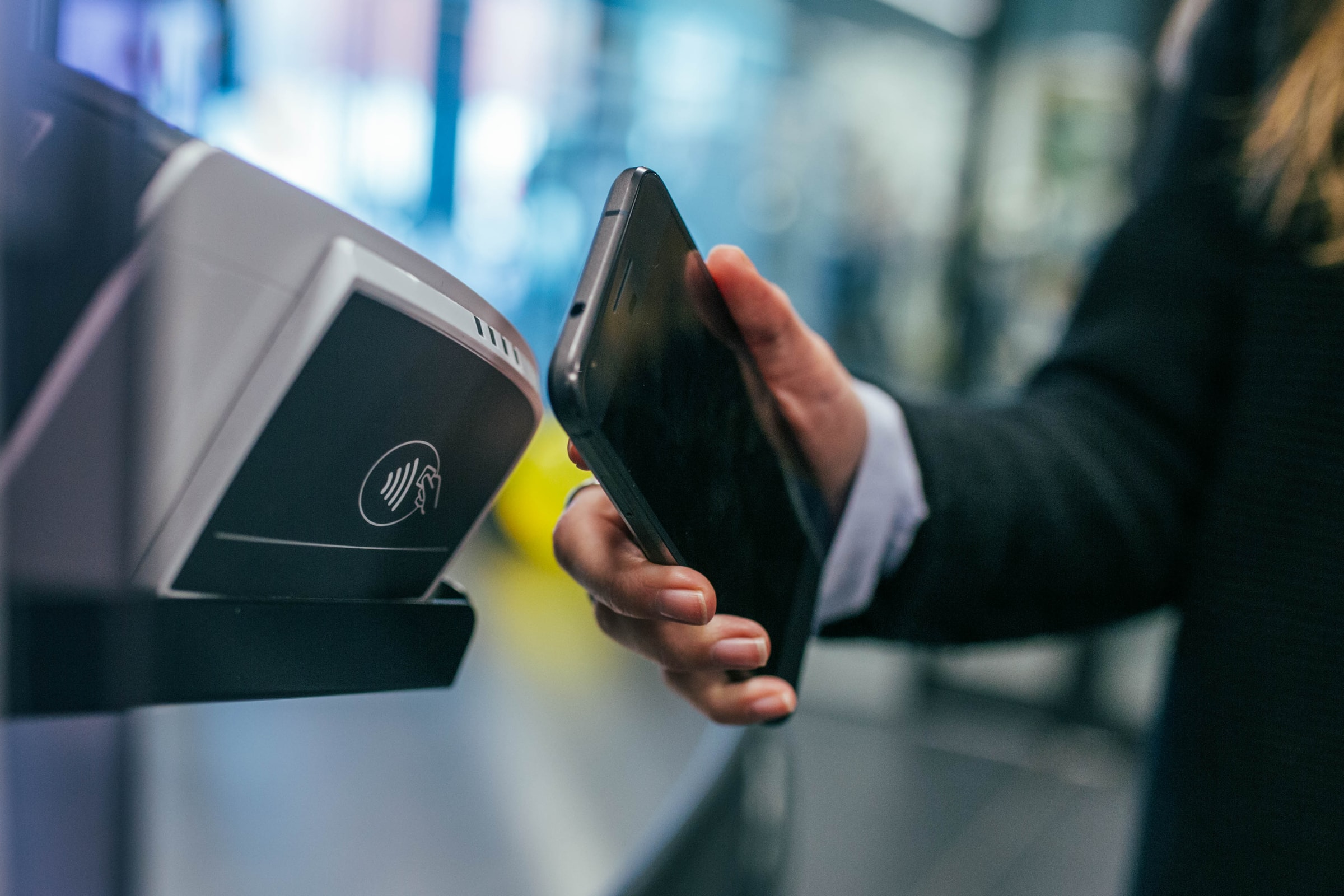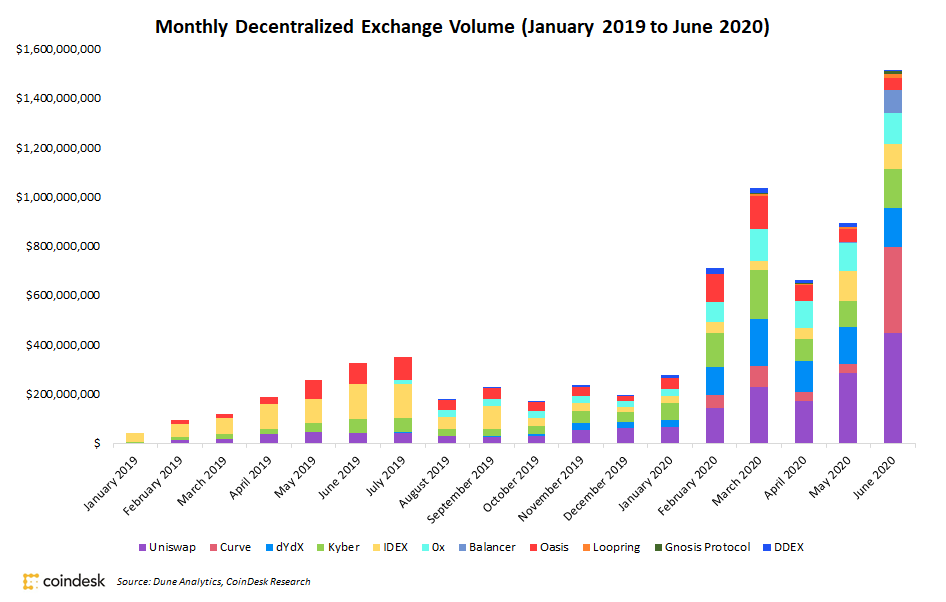RMIT launched its Blockchain research division (BIH) in 2017 and has since become the alleged “first research centre on the social science of blockchain”. The funding for research undertaken at BIH shows no signs of slowing down. The potential to turn Australia into one of the leading world researchers, if not the principal research institute for Blockchain related technology increases every day.
Since February of 2020 alone, 6 million dollars have been invested in blockchain-related research at RMIT.
Julie Cogin, Professor, Deputy Vice-Chancellor and Vice President, College of Business at RMIT states:
“Our academics are at the forefront of shaping the blockchain industry internationally, as well as preparing our students with the digital skills of tomorrow.”
Creators of the National Blockchain Roadmap of Australia, BIH are continuing their research at full speed. A recent speech delivered by the Institutes’ director, Jason Potts, indicates that their research may play a part in preventing the economic crisis from hitting Australia full force.
“COVID-19 has rapidly accelerated the shift from an industrial to a digital era. The new digital economy is more decentralised, making it harder to manage and monitor.”
Blockchain Use Cases Expand Exponentially
Elaborating on the need for expanded infrastructure development, Potts highlighted the importance of introducing a more robust approach to integrating blockchain technology into more meaningful use cases:
“We need digital infrastructure to match this move, and this is where platform technologies like blockchain come more into play. Blockchain can be a key part of identity management systems as it offers high transparency and traceability.”
RMIT’s research efforts are focused on leveraging the potential of blockchain technology to help build secure, adaptable economic systems that are resistant to the economic fallout of events such as the COVID-19 pandemic. In the future, blockchain technology could help prevent the spread of a virus by ensuring better contact and location training, as seen in South Korea and in some areas of Japan.
It could also assist in identifying hotspots by tracing the path followed by delivery trucks from farms and factories all the way to the stacked shelves of your local shop.
With the 2020 fiscal year ending for most companies within the next two months, it remains to be seen what technologies will be implemented by companies around the world to recoup the losses incurred during FY2020 – and what role Australian research will play in rebuilding the global economy.









